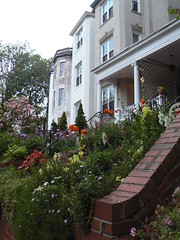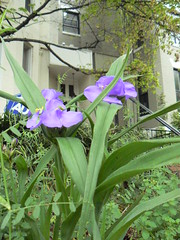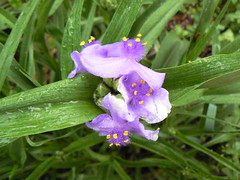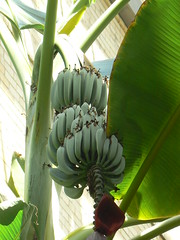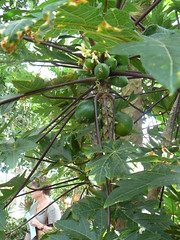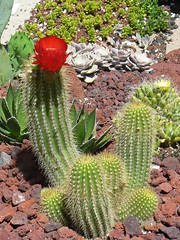 Today your intrepid Washington correspondent was on assignment at the National Cathedral. This incredibly gorgeous gothic cathedral is surrounded by the incredibly gorgeous Bishop's Garden.
Today your intrepid Washington correspondent was on assignment at the National Cathedral. This incredibly gorgeous gothic cathedral is surrounded by the incredibly gorgeous Bishop's Garden.According to an interpretive sign, "The overall inspiration for the Bishop's Garden is a 14th century monastic garden." It features many common plants, but the layout and design make it special. The garden is divided into rooms, each of which provides a sense of seclusion that encourages reflection and prayer. According to the aforementioned sign, one of the rooms, called the Hortulus ("little garden")
"is anchored firmly in the 9th century by the medieval baptismal font at its center. The raised geometric beds encircling the font are planted with the same herbs and flowers that would have been found in monastic kitchen and infirmary gardens during the 9th century."Here are some pictures of the Hortulus:
Baptismal font and surrounding beds
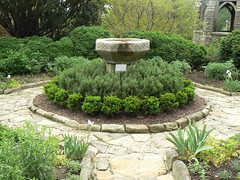
Fennel

Apothecary's Rose

Southernwood

And some pics of the rest of the Bishop's Garden:
Entrance
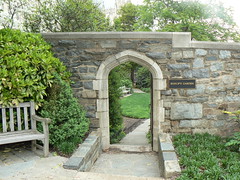


Statuary and spring blooms

Sundial
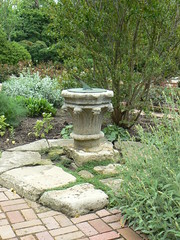
One of the garden rooms
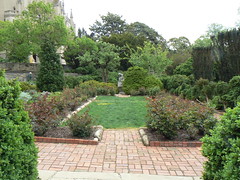
A couple of lessons I learned from my visit:
- Common (and inexpensive) plants can create impressive landscapes.
- Like architecture, gardens can evoke moods and provide spiritual experiences.
I suppose I knew both of those things at some level, but I came away from my visit newly convinced and inspired.
